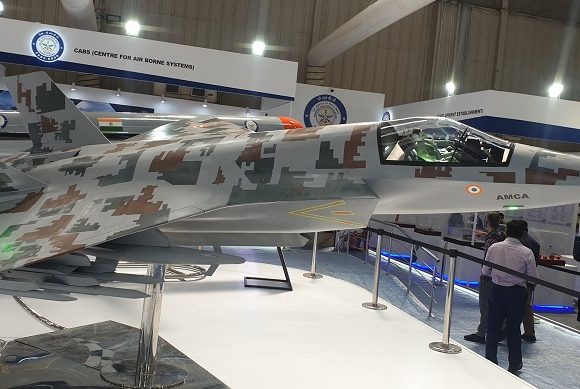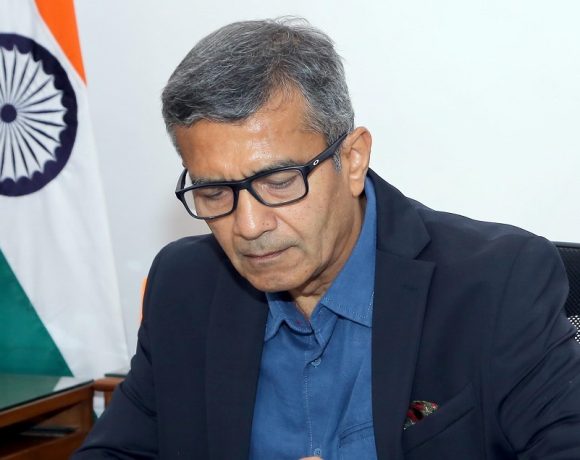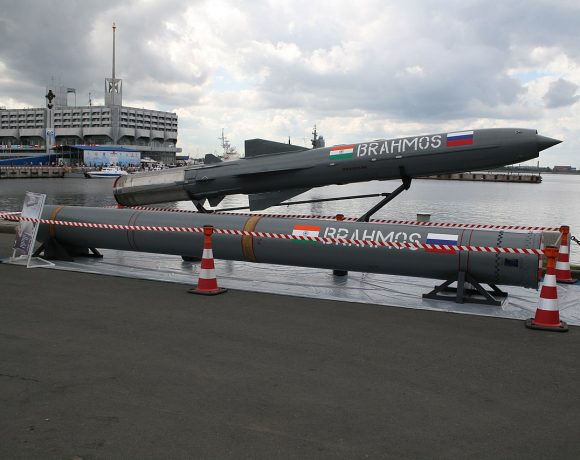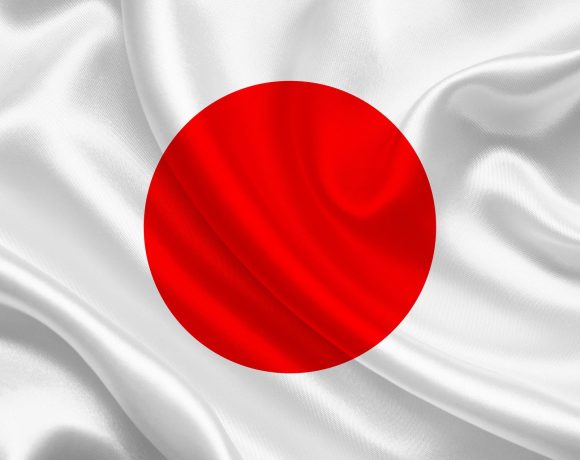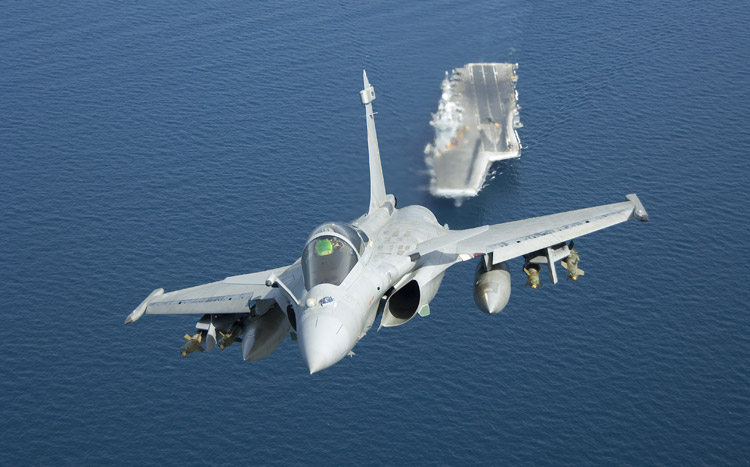
India Finalizes €7 Billion Deal for Rafale-M Jets, Chooses Indigenous Astra Missiles
India and France have successfully concluded negotiations for the acquisition of 26 Rafale-Marine (Rafale-M) fighter jets, a deal estimated at approximately €7 billion. The formal agreement is anticipated to be signed in April during the French Defence Minister’s visit to India. This procurement aims to bolster the Indian Navy’s carrier-based aviation capabilities, with the Rafale-Ms slated for deployment on the INS Vikrant and INS Vikramaditya aircraft carriers, thereby enhancing operational readiness in the Indo-Pacific region.
The Rafale-M, a naval variant of Dassault Aviation’s Rafale, is engineered for carrier operations. The Indian Navy’s acquisition plan includes 22 single-seat Rafale-M fighters and four twin-seat Rafale B trainer variants, the latter being land-based. These aircraft will be equipped with advanced weaponry, including the Meteor Beyond Visual Range Air-to-Air Missiles (BVRAAMs) and the indigenous Astra Mk I missiles, aligning their capabilities with the Indian Air Force’s existing Rafale fleet.
In a strategic move to enhance self-reliance, the Indian Navy has opted to integrate the Astra Mk I BVRAAMs into its Rafale-M fleet, in preference to the French-origin MICA missiles. The Astra Mk I, developed by India’s Defence Research and Development Organisation (DRDO), offers a range of approximately 110 kilometers and is designed to engage and destroy highly maneuverable supersonic aerial targets. This decision underscores India’s commitment to indigenization in defense technology and reduces dependence on foreign missile systems.
The integration of the Astra Mk I into the Rafale-M is facilitated by the aircraft’s advanced avionics and mission systems, which support seamless incorporation of various weapon systems. This move not only enhances the operational flexibility of the Indian Navy’s air wing but also signifies a step forward in standardizing missile systems across different platforms within the Indian armed forces.
This procurement is part of a broader initiative to modernize India’s naval capabilities amid evolving security challenges in the Indo-Pacific. The addition of the Rafale-M, equipped with state-of-the-art indigenous weaponry, is expected to provide a significant boost to the Indian Navy’s maritime strike potential and deterrence posture.


